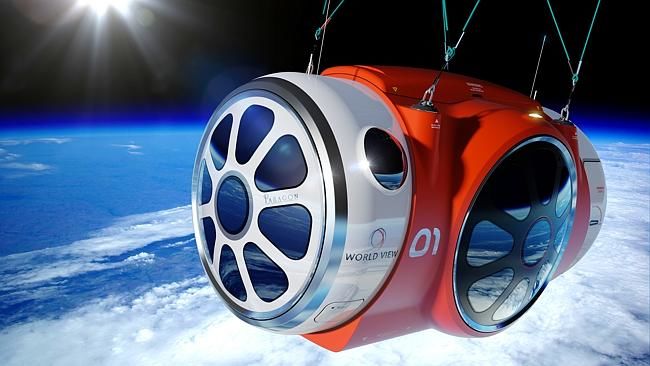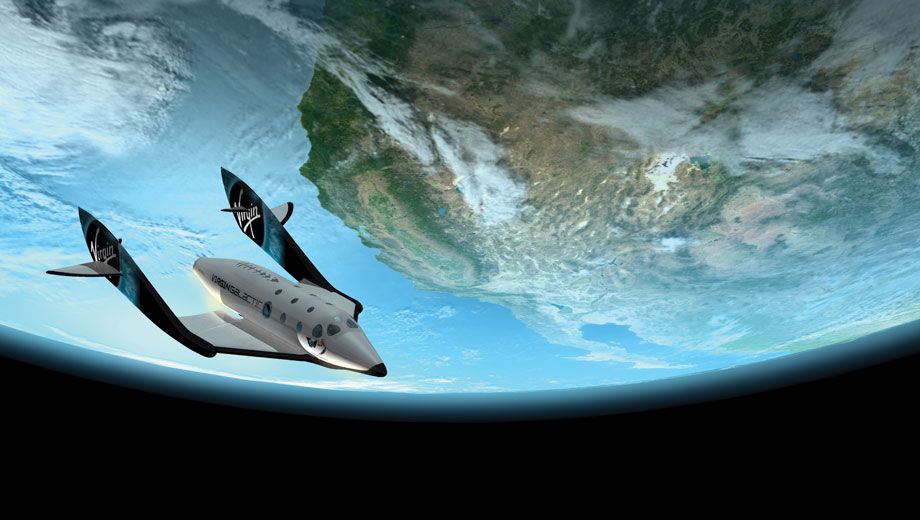The future of commercial spaceflight: a high-altitude balloon?

Travellers may soon be able to visit space in a capsule attached to a high-altitude balloon, floating some 32 kilometres above the earth.
World View Enterprises, the company behind this literally out-of-this-world experience, has successfully completed a test flight from Roswell, New Mexico – making commercial space travel one step closer to reality.
In lifting a payload to 120,000 feet – that's 36 kilometres, or three times the cruising altitude of most commercial aircraft – the test broke the world record for highest parafoil flight.
"It went really, really, really well," said the company’s CEO Jane Poynter. "Actually, the guys hit the ball out of the park. We're thrilled."
Poynter said the test flight was the first time all of the components came together in the sky, albeit with real passenger flights needing a balloon three times the size to hoist ten times the weight.
With a price tag of $75,000 per person, the maiden passenger flight is set for 2016, where up to six passengers and two crew can travel on each flight.
Suspended under a parafoil for about two hours, the capsule will be big enough to allow passengers to walk around before floating back down to earth.
That’s a vastly different experience to Virgin Galactic’s planned spaceflights, which rise to 360,000 feet above the earth’s surface and provide four minutes of weightlessness.
It’s also easier on the hip pocket – the Branson-backed space juggernaut commands a staggering $250,000 for its 2.5 hour flight.
For that quarter-million, you’ll also spend time on the billionaire’s private island, endure G-force training and get a ‘behind the scenes’ tour of Virgin Galactic’s Spaceship factory in Mojave.
In filings made with the FAA, World View said it planned to launch its flights from Spaceport America – where Virgin Galactic plans to kick off its own space tourism flights.
However, Poynter said that no final decision has been made on where to base the flights, which could be subject to change.
The CEO doesn’t consider spaceflight to be a race to the finish line with Virgin Galactic, and isn’t in a hurry: "we don't consider us in competition because the experience is so completely different."
Boeing is also gearing up for commercial space travel, planning a manned flight in its next-gen space capsule in 2017 before eventually continuing onwards to the International Space Station.
Follow Australian Business Traveller on Twitter: we're @AusBT






12 Jun 2013
Total posts 732
If you can get up there in a balloon, bouyed up by the weight of the air you're displacing, you're pretty much not in space by definition.
I don't care about the arbirtary 100km limit, you're clearly still within Earth's atmosphere if you're there in a balloon.
Hi Guest, join in the discussion on The future of commercial spaceflight: a high-altitude balloon?